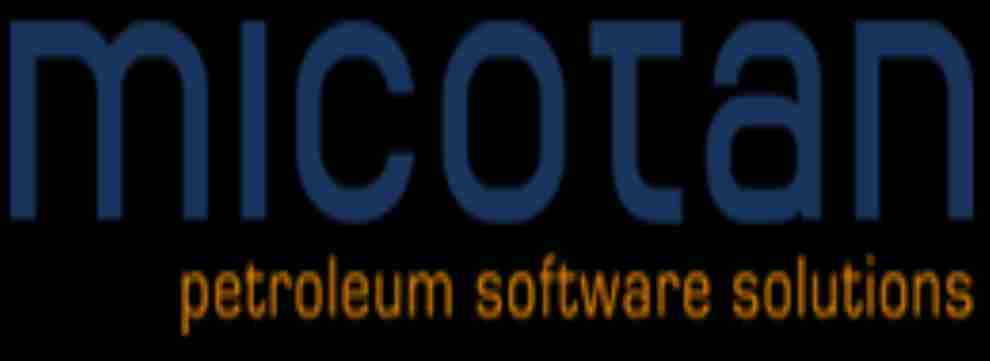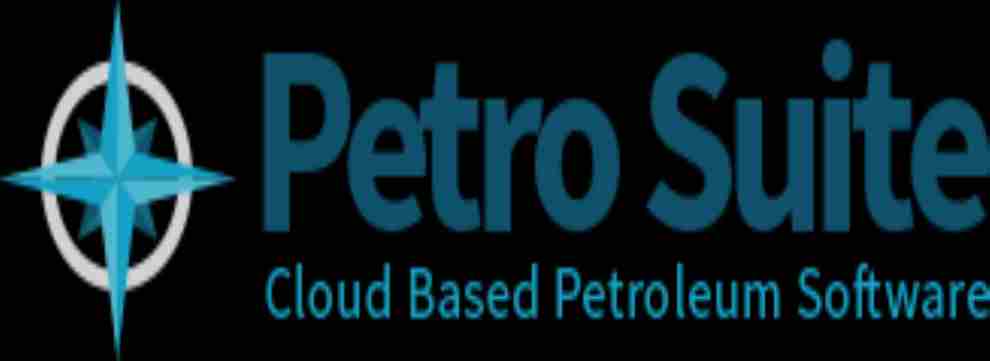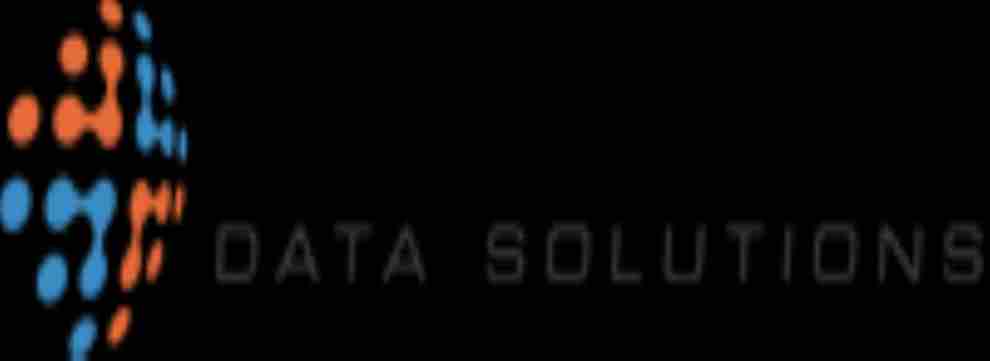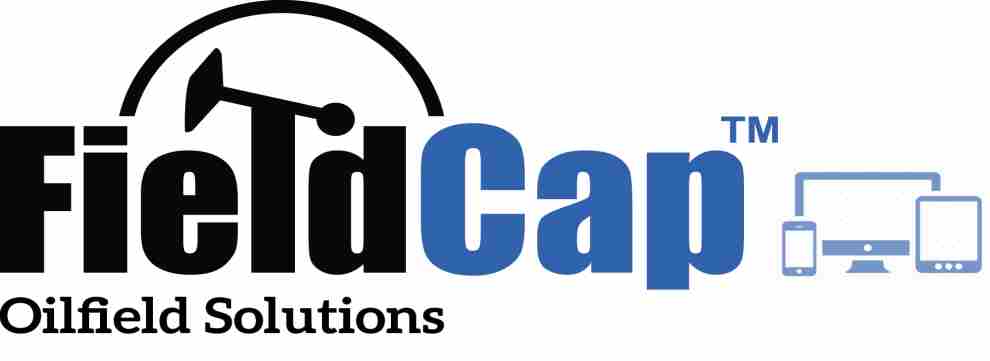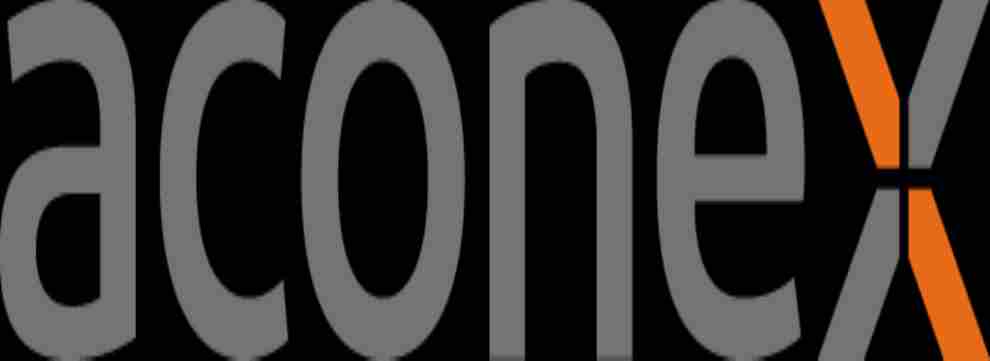Oil and gas accounting software focuses on tracking energy projects and partnerships, including the acquisition and development of land leases for natural resources. It can also track the status of leases and share it throughout a company while automatically posting land payments to the general ledger.
Companies can also monitor the financial positions of each general or limited partner. Large-scale companies might require additional features, such as multiple currency options.
Accounting is the vital part of almost every industry and the system that tracks entire financial operations and also maintains a business’s ledger. While monitoring incoming and outgoing transactions and expenses, the accounting system whether they are accessible in oil & gas sector or any other, it automates all the processes that are surrounded by finances. On the basis of business needs, the system works and make changes in its practices. With its impactful results, it becomes the asset for any organization. When it comes to buying a prominent accounting software for an oil company, many people get confused as there are numerous brands available in the market. To help you with this task, the Virtuous Reviews a leading business review platform that helps the users in their buying decisions.
Our professionals’ primary mission is to provide quality information to the users. Based on our experience and in-depth research, our reviews contributes in the user’s informed decisions of buying and subscribing any software. Apart from this, the users can also share their valuable opinions at Virtuous Reviews, which helps us to evaluate the product.
How to choose the right oil and gas accounting software?
Energy software packages can generate state and federal reports required by auditing government agencies such as the Department of Energy, Environmental Protection Agency or Department of Defense. Sorting profitability by site, activity, crew, geologist/engineer and customer is also a helpful tool in energy accounting systems. Software dispatch systems can help with scheduling and recording load pickups while providing information such as directions and gate combinations.
When evaluating these systems, buyers should consider the following:
- Can it analyze the financial status of the company’s partners?
- Can it track lease status and integrate it with accounting?
- Do the features fit the size of the company, as in multiple currencies?
- Can it generate the appropriate reporting documents for auditors?
Features:-
- Core accounting - Includes modules all businesses rely on to manage finances, including a general ledger, tracking accounts payable (A/P) and accounts receivable (A/R), bank reconciliation and fixed assets.
- Land lease tracking - Defines tracts of land nationwide and documents the ownership and lease terms from initial offer to signing. Manages lease obligations like rentals and renewals and provides automatic notifications for payments or lease expiration.
- Documentation & compliance - Helps manage lease documents and receipts. Also keeps you updated on legal issues to support development and delivery of relevant, accurate compliance reports.
- Dispatch tracking - Provides schedule and dispatch maintenance/repair workers information needed to optimize their routes by skill/location to improve efficiency and quality of service. Also includes the ability to estimate job costs and manage service contracts, inventory and purchasing through the dispatch management feature.
- Energy procurement reporting - Streamlines energy procurement decisions using detailed data from load shapes and special energy reports to create well payout profitability reports.
- Rate/tariff analysis - Compares utility billed rates to alternative rate schedules, including those of competitors and other markets. May also include cost avoidance analysis to see potential solutions, as well as weather data to its impact on costs.
- Well management - Stores everything you need to know about a particular well, including its lifting and status codes.
- Visual tools - Generates line graphs, pie charts and other visual representations of data entered in the system. These are usually presented in a dashboard interface.
- Document imaging - Stores scanned versions of invoices so they can be routed and approved.
Benefits:-
- More efficient workflows. Employees are able to save time and effort by using an intuitive system that eliminates the need for duplicate data entry. In a recent survey of accounting software buyers, 36 percent cited a desire to automate business process as a major purchase driver.
- Greater accuracy. A digital solution reduces the margin of human error when it comes to performing complex financial calculations or tracking fixed assets.
- Faster decision making. With the dashboards and reporting functionalities we described above, executives can quickly drill down on the company’s finances. This enables them to come up with informed analyses on key performance metrics and make data-driven decisions to benefit the business.




 Visit Website
Visit Website
